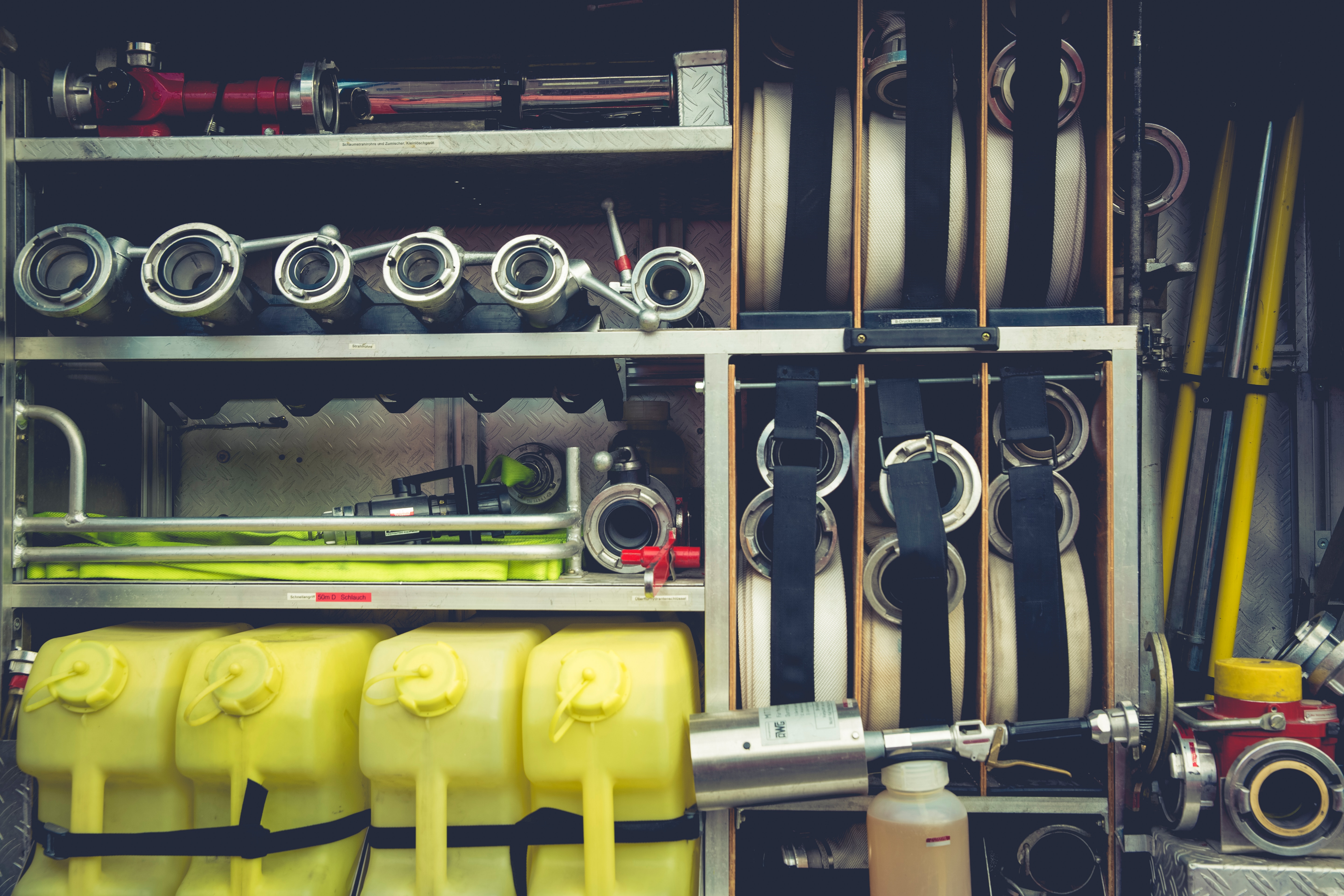Resilience in Our Houses
Before Disaster Hits, We Need to Prepare our Houses, Install a Backup Power System, and Have a Source of Potable Water

Between 1955 and 1965, about 18 natural disasters occurred in the U.S. annually. This decade, starting in 2010, we are averaging about 110 nationally declared disasters a year — roughly two per week. In the past, building codes were developed from historical data, but now state and federal agencies are pushing communities to use predictive climate models to more appropriately address what’s coming.
Resilience is defined as “the intentional design of buildings, landscapes, communities, and regions in response to vulnerabilities to disasters and disruptions to normal life.”
The local environment always plays a critical role in determining what makes a building resilient or not. In other words, resilient design is always locally specific. Tapping into historic vernacular architecture, as well as local wisdom, knowledge, and experience, often prompts strategies enabling buildings and occupants to better survive disasters. The big natural challenges we face in our region are droughts, wildfires, landslides, debris flows, intense precipitation, flooding, earthquakes, and maybe even tsunamis. Resilience planning “is not about keeping people comfortable; it’s about keeping them alive,” says Alex Wilson, president of the Resilient Design Institute. Preparedness includes planning for potable water, food, first aid, news and communication, toilet needs, and getting around, probably without a car.
The three most important areas to focus on are:
Creating livable conditions for post-disaster. That means making your house (and surrounding space) wildfire resistant, constructing it to be seismically strong but flexible, and incorporating passive solar heating, cooling, and natural ventilation. It is also important to provide protection from heavy rains with suitable roof overhangs, drainable planes behind siding, breakaway panels if in a floodplain, and infiltration swales and catch basins near the house.
Providing for backup power. Evolve your home to be all-electric with photovoltaic panels. Provide backup power/storage for key electrical circuits in your home: refrigerator, cooking (if electric-magnetic induction), media, phone charging, electric car/bicycle, and a few lights. Avoid diesel generators. Battery backup is increasingly affordable and reliable.
Accessing potable water. Develop a water supply, perhaps using rainwater collection, which can be filtered/purified with hand equipment to make it drinkable. There are good filters, pumps, and ultraviolet portable treatment equipment available that were developed for wilderness trekking.
Doing all one can to stop, and even reverse, the climate crisis needs to be our top priority, but we also need to prepare for the disasters already arriving.



